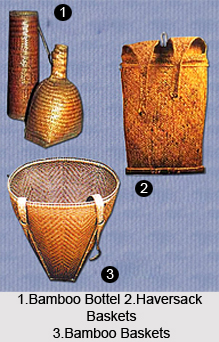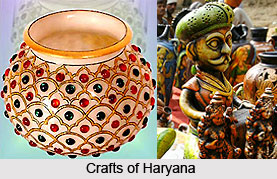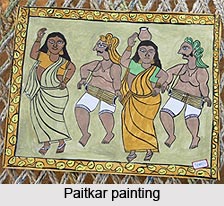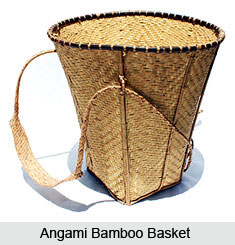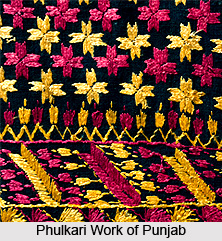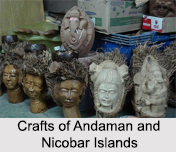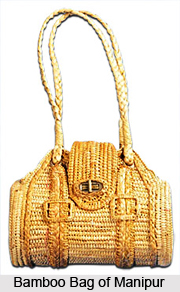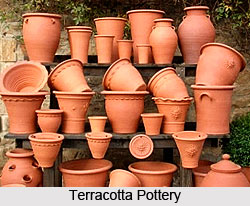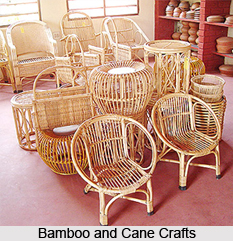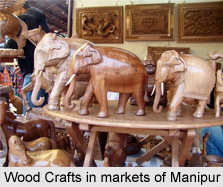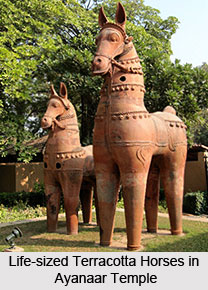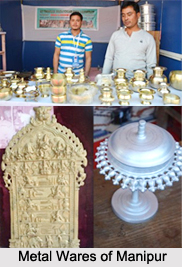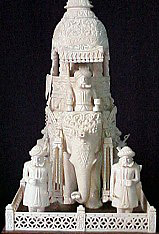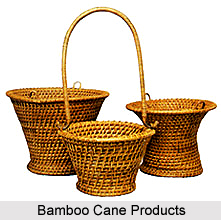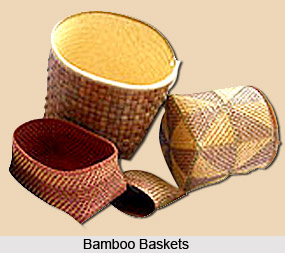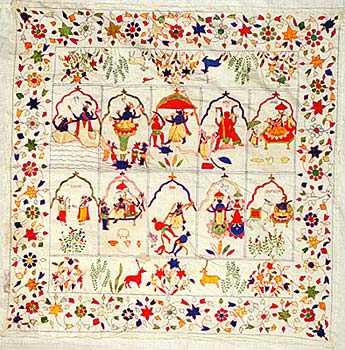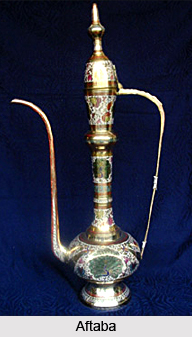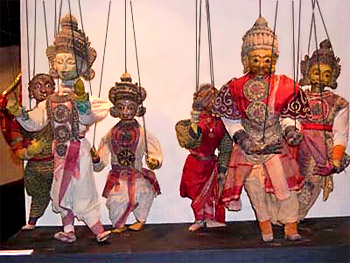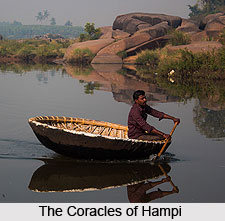 There are various types of boats that have run in the rivers of South India for centuries. These are discussed here.
There are various types of boats that have run in the rivers of South India for centuries. These are discussed here.
The Coracles of Hampi:
The coracles are the traditional carriers of people used in the water bodies of South India. There is a very little change has been brought in the use of these coracles even during the modern days. These coracles have been transporting people across the Tungabhadra River for centuries. The visitors from outside are surprised to see that such traditional mode of transport as old as the ruins themselves are still being used here. There is only a little change in design can be seen and now the circular craft are constructed by interwoven strips of wood. These coracle boats look almost same as they looked in the days of the Vijayanagar Empire itself.
The coracles have only difference with the modern age boats is that they are no longer covered in animal hide. Now, they make use of plastic sacking covered with tar as mean of waterproof. Moving in the side of a basket boat and being paddled across the water in the early morning or at sunset is an excellent experience. The life before the centuries can be enjoyed and imagined when one is relaxing in a coracle.
Domingo Paez, the Portuguese traveller visited Vijayanagar in 1520. He had given a very contemporary description of these coracles. According to him, people then used to cross the rivers by using boats, which looked like round baskets. The South Indian men strip them with a type of paddle, and these boats are always turning round, as they cannot go straight like other boats.
Even in modern South India, people enjoy having a ride in these special traditional coracles. It is still a popular mode of commuting among the rural South Indian folks.
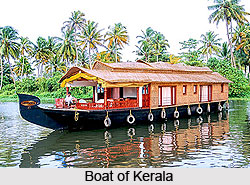 If one fringes the coast of Kerala and winds far inland, there a vast network of lagoons, lakes, rivers and canals can be seen. These backwaters are both the basis of a distinct lifestyle and a fascinating thoroughfare. One of the highlights for visiting Kerala is roaming by boat along the backwaters. The boats cross shallow, palm fringed lakes filled with cantilevered Chinese fishing nets, and travel along narrow, shady canals where coir (coconut fibre), copra (dried coconut meat) and cashews are loaded into them. One can see small settlements where people live on narrow spits of reclaimed land only a few metres wide throughout this boat journey. These are generally surrounded by water but still they still manage to keep cows, pigs, chicken and ducks and also cultivate small vegetable gardens.
If one fringes the coast of Kerala and winds far inland, there a vast network of lagoons, lakes, rivers and canals can be seen. These backwaters are both the basis of a distinct lifestyle and a fascinating thoroughfare. One of the highlights for visiting Kerala is roaming by boat along the backwaters. The boats cross shallow, palm fringed lakes filled with cantilevered Chinese fishing nets, and travel along narrow, shady canals where coir (coconut fibre), copra (dried coconut meat) and cashews are loaded into them. One can see small settlements where people live on narrow spits of reclaimed land only a few metres wide throughout this boat journey. These are generally surrounded by water but still they still manage to keep cows, pigs, chicken and ducks and also cultivate small vegetable gardens.
The mail food here is the prawn and fish, including the prized karimeeti, which are also farmed here and shellfish is dredged by hand to be later burnt with coal dust to produce lime. The traditional huge boats can be seen sailing on the more open stretches of the canal. If one can watch three or four of these sailing towards him or her then it remains as an unforgettable seen in his memory. Tourist cruises also use the backwater boat trips.
One of the popular cruises is between Kollam and Alappuzha in the ferryboats available there. These boats stop in between to drop visitors off at the Matha Amrithanandamayi Mission at Amrithapuri. This is said to be the residence and headquarters of Sri Sri Matha Amrithanandamayi Devi, one of India`s very few (but in this case very much revered) female gurus. Here the visitors need to wear dresses in a very conservative style and there is also a strict code of behavior to which all visitors are expected to follow.
One of the popular boat ridings here is exploring the backwaters on a village tour. This tour usually consists of small groups of less than ten people, a knowledgeable guide and an open workboat or covered kettuvallam (traditional rice barge). This South Indian boat tours from two and a half to six hours to make the tourists happy. The visitors are taken to villages to watch coir making, boat building, toddy tapping and fish farming, and on the longer trips a traditional Kerala lunch is provided. These tours are more rewarding to the tourists and the villagers and they are very accessible. The best village tours on these boats are those of Kochi, Kollam and Thiruvanthapuram. The houseboats here are very expensive but still in the top of popularity.
